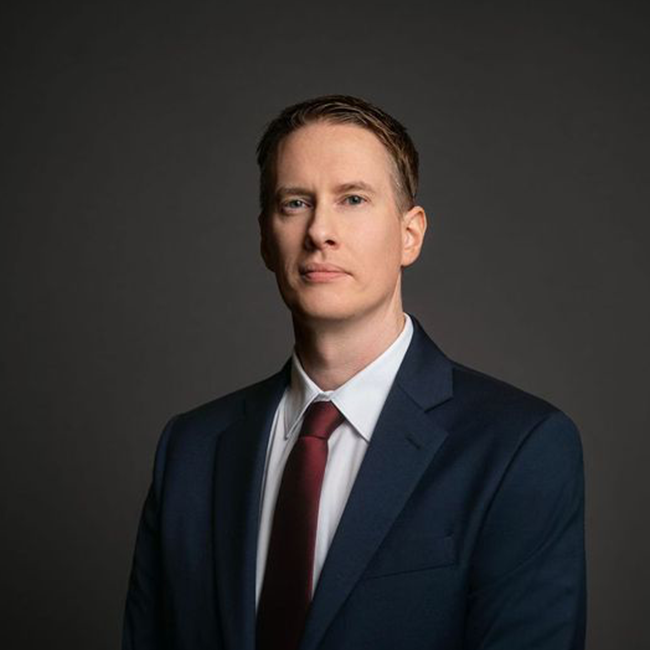
The global health-care ecosystem is facing a unique juxtaposition—witnessing new heights of progression and innovation, yet new lows of fragmentation and vulnerability. Significant deficits in global health funding have led to programs being cut and patient lives being impacted, with an estimated $60 billion in Official Development Assistance at risk, mainly due to funding cuts from the US and other major countries. With countries and crucial global health organizations unable to fund the ecosystems needed to maintain healthy populations, public-private partnerships (PPPs) are not only useful, but now essential. Certainly, no single organization, including the governments, can solve global health challenges alone, so how can multiple parties work together to address them effectively?
Building Sustainable Health Systems Through Well-Organized Partnerships
Funding is only the starting point for real system change. Structured public–private partnerships, anchored in shared accountability and local ownership, enable impact that no single actor can achieve alone.
In Colombia, for example, our partnership reduced the time from breast cancer suspicion to confirmed diagnosis from 90 to 22 days, increased biopsy access from 57 percent to 73 percent, and ensured follow-up for over 200,000 women. In West Africa, along with our partner, we expanded point-of-care testing across 150 districts and trained 3,000+ health-care workers, cutting test turnaround times from months to 10–15 days. In Southeast Asia, an artificial intelligence-enabled initiative accelerated tuberculosis screening across 28 facilities.
These results underscore a simple truth: Sustainable, scalable impact is only possible when the public and private sectors align strategy, technology, and local capacity to close care gaps at scale.
The reality is clear: When health-care systems thrive, business thrives.
Rethinking the Role of the Private Sector
The private sector has not always been fully included in policy discussions, often viewed as self-interested rather than impact-driven. Yet the reality is clear: When health care systems thrive, business thrives. Ensuring a stronger private-sector voice at the table is not optional; it is essential in navigating the current funding challenges.
The defunding of the US Agency for International Development and other development organizations has created significant gaps in global health systems. This presents a strategic inflection point for the private sector to reimagine and strengthen the global health architecture—by investing more intentionally, leveraging cross-sector partnerships, and ensuring that every initiative is designed for local sustainability and long-term impact. Siemens Healthineers, for example, seeks to make five-year, impact-driven commitments that evolve with local needs. These long-term, impact-oriented investments are not about immediate financial return; they are about enabling resilient systems and creating conditions where public-private partnerships can thrive. Investing in health-care workforce training is one of the impact-driven commitments that is addressing the most urgent challenge of workforce shortage in strengthening the local health system.
Partnerships fail not because of profit motives but because they lack alignment, clear outcomes, and agreed contingency plans. In some cases, we have seen dramatic cuts to programs or funding when partnerships have gone sour, with real consequences for many patients and societies that depend on them. This is why it is crucial for both parties to align early on interests and outcomes, and to establish trust, ensuring that interventions are sustainable.
Trust Is the Mantra , Winning Together Is the Goal
The true strength of PPPs lies in their ability to authentically align, take accountability, and work toward impact. The most successful partnerships we have seen are those where parties sit down at the beginning and have a candid conversation about their intentions, goals, and what will happen if things go awry. Each should have a genuine commitment to ward a sustainable partnership and address ing the core problems, even if that turns out to be different from what they first set out to address.
The journey of a patient, especially when dealing with a life-threatening disease, is very complex and becomes even more challenging in a fragile health-care system. Strong PPPs can leverage the capabilities of different actors in the health ecosystem to address gaps across patient pathways, building sustainable and accessible health-care solutions, no matter where patients live.



















